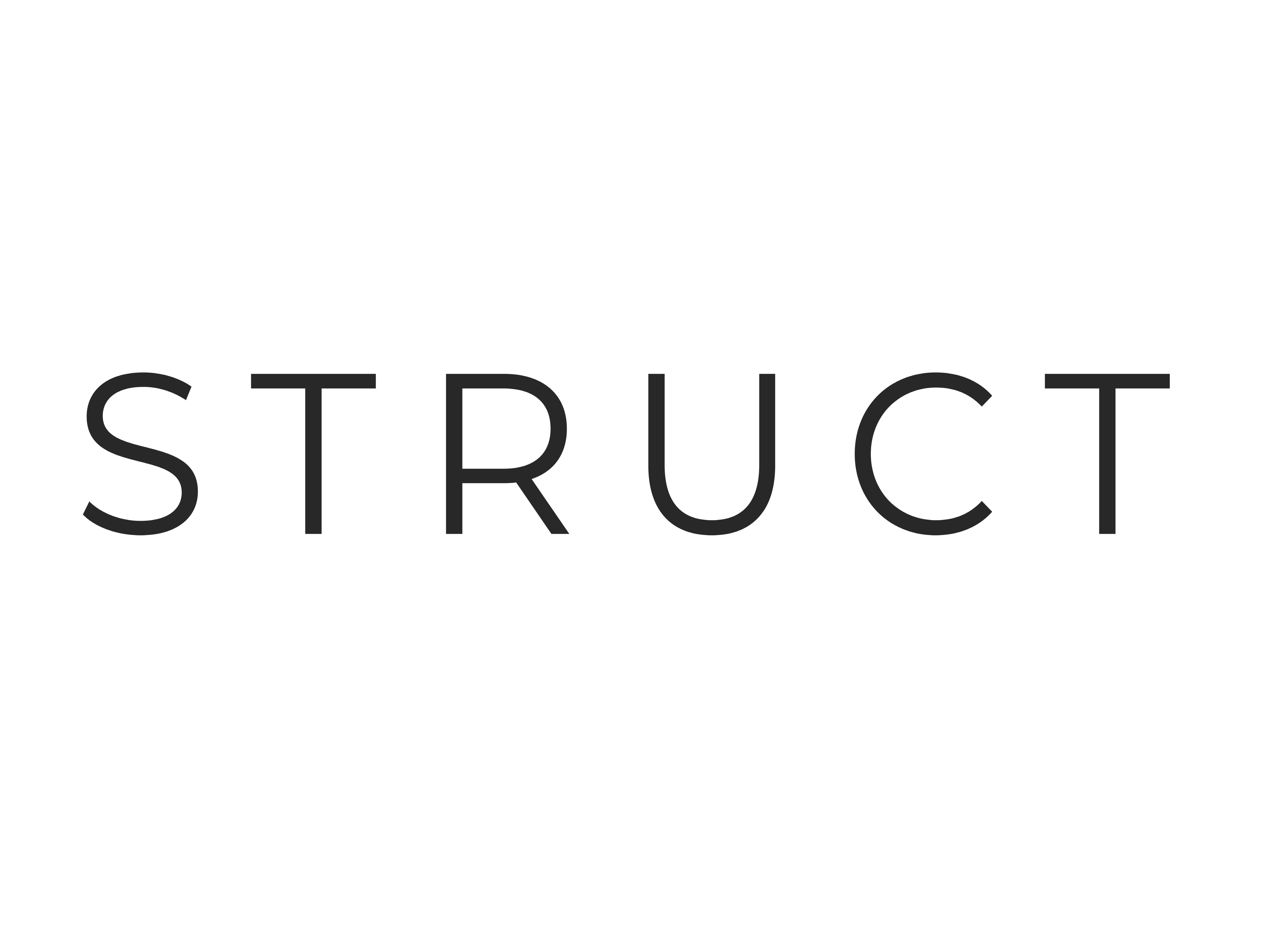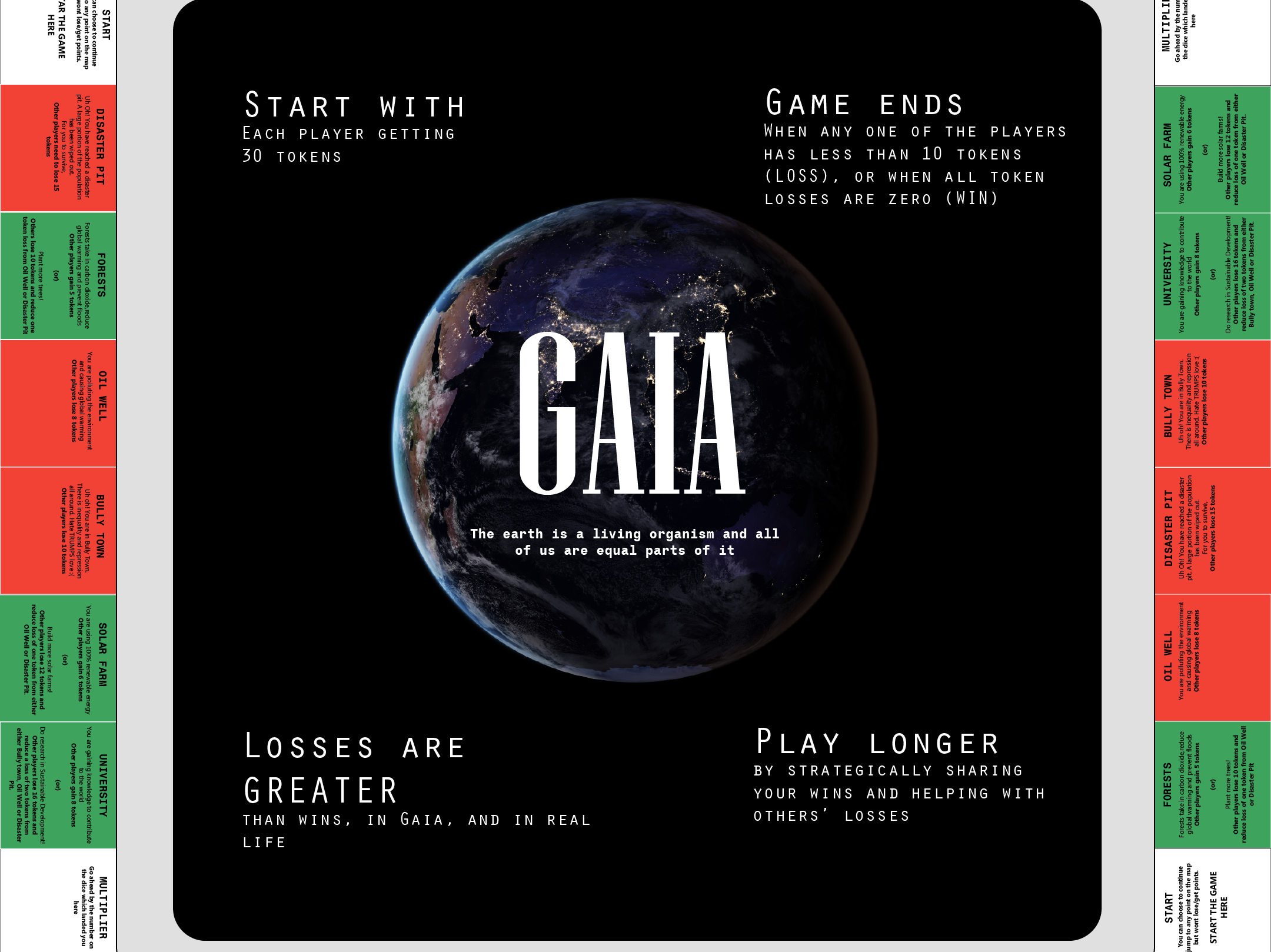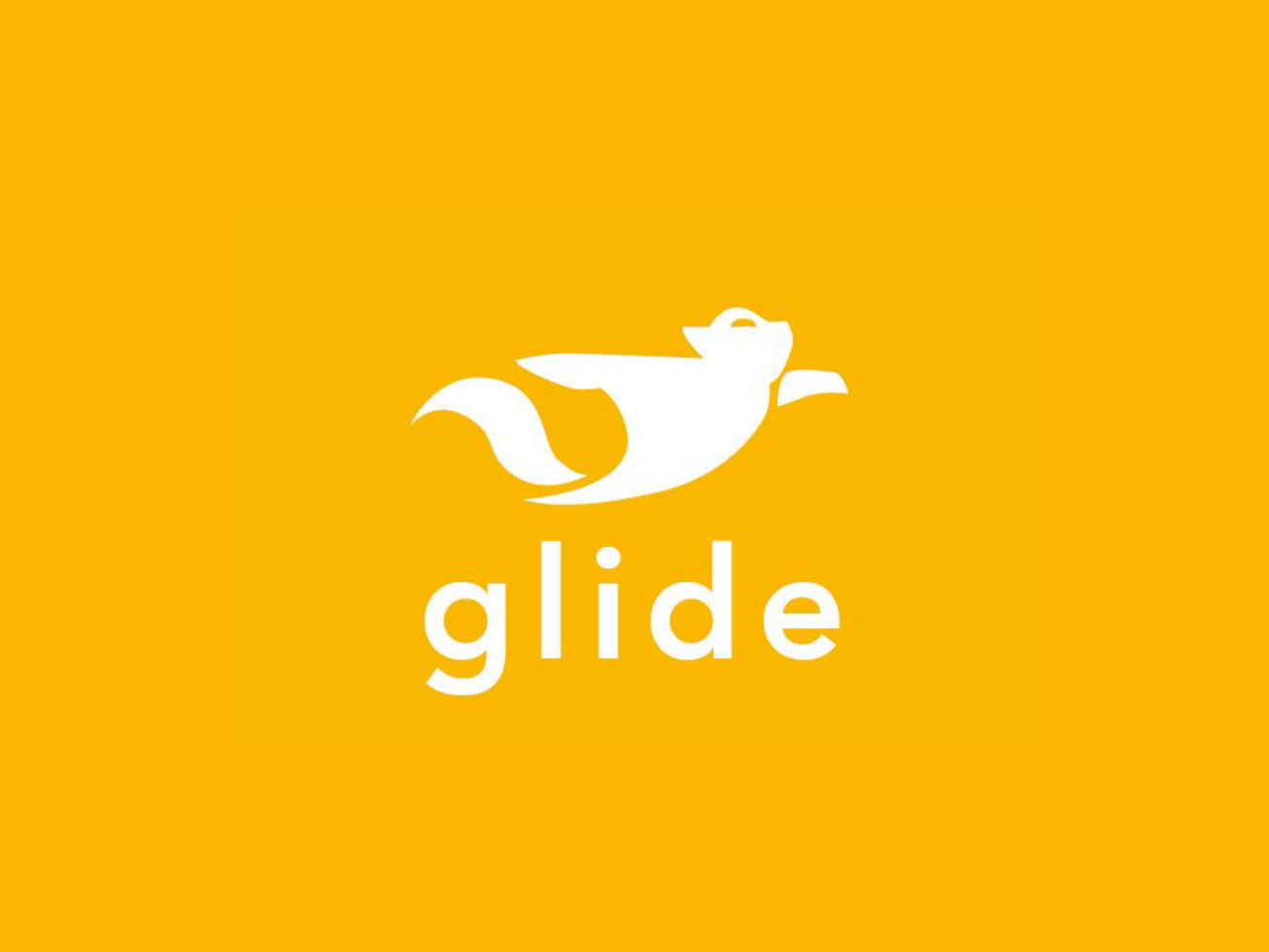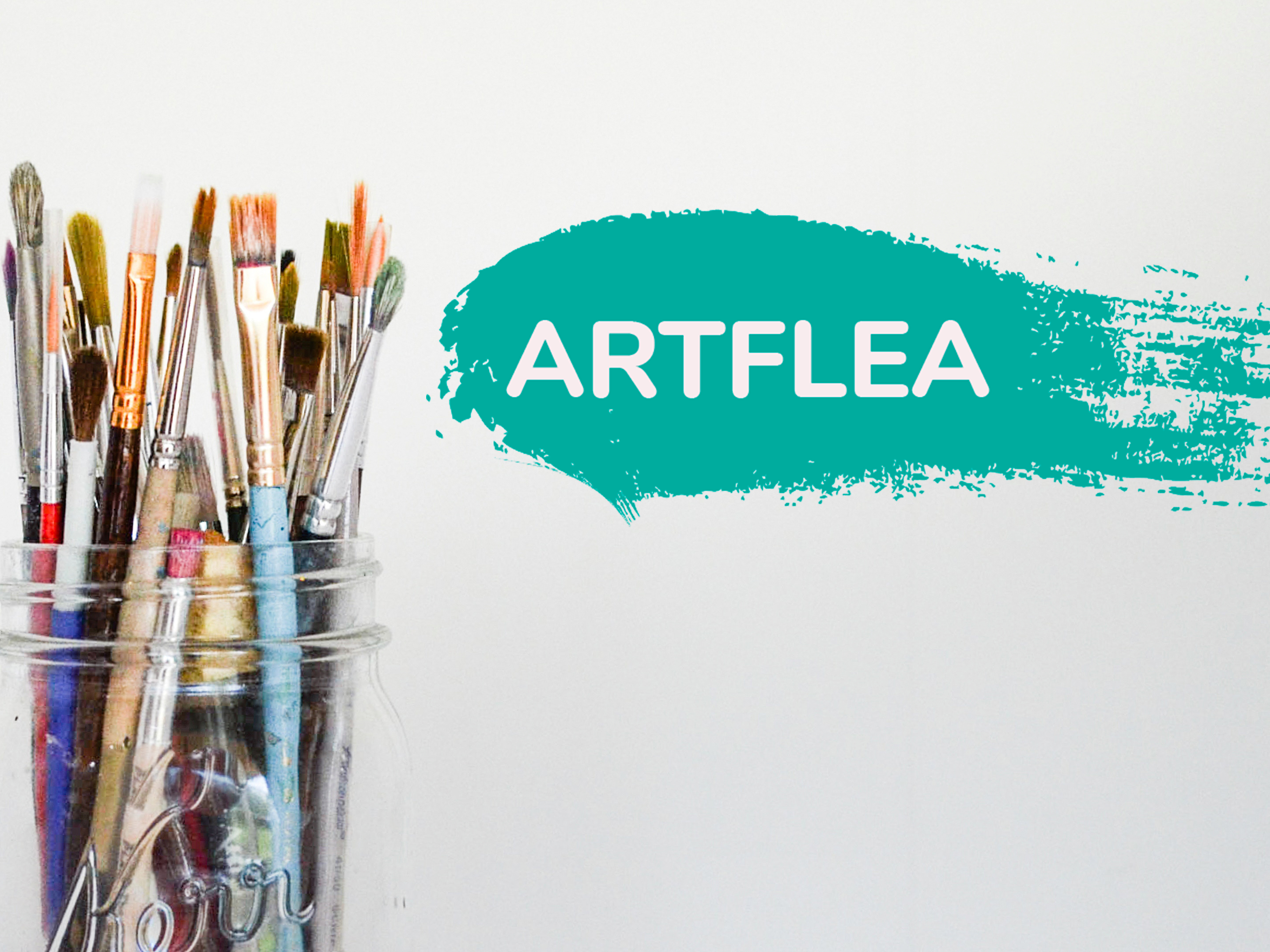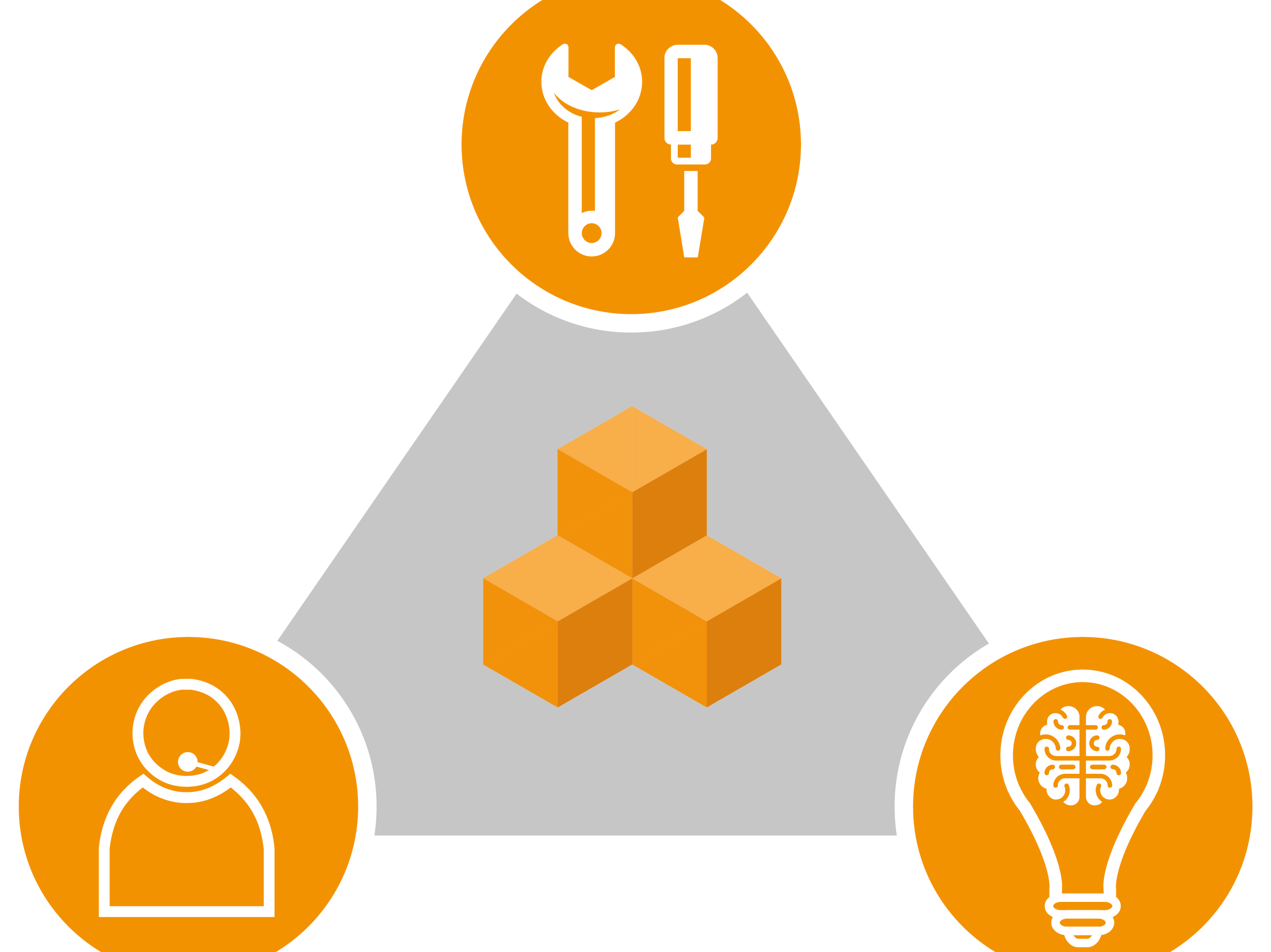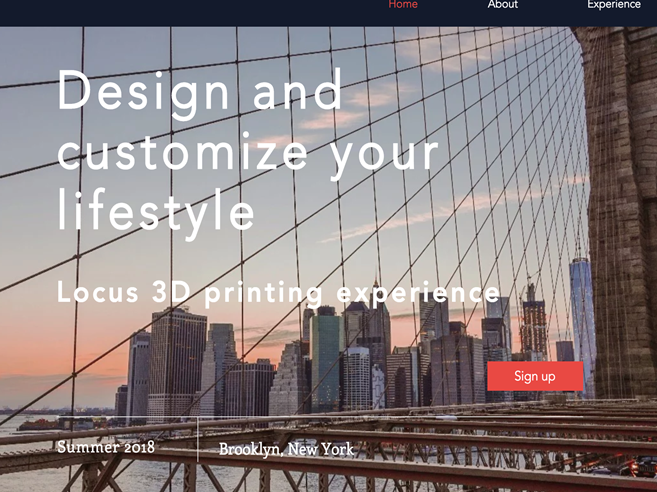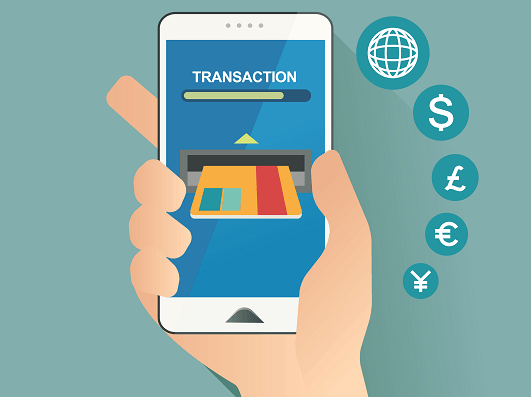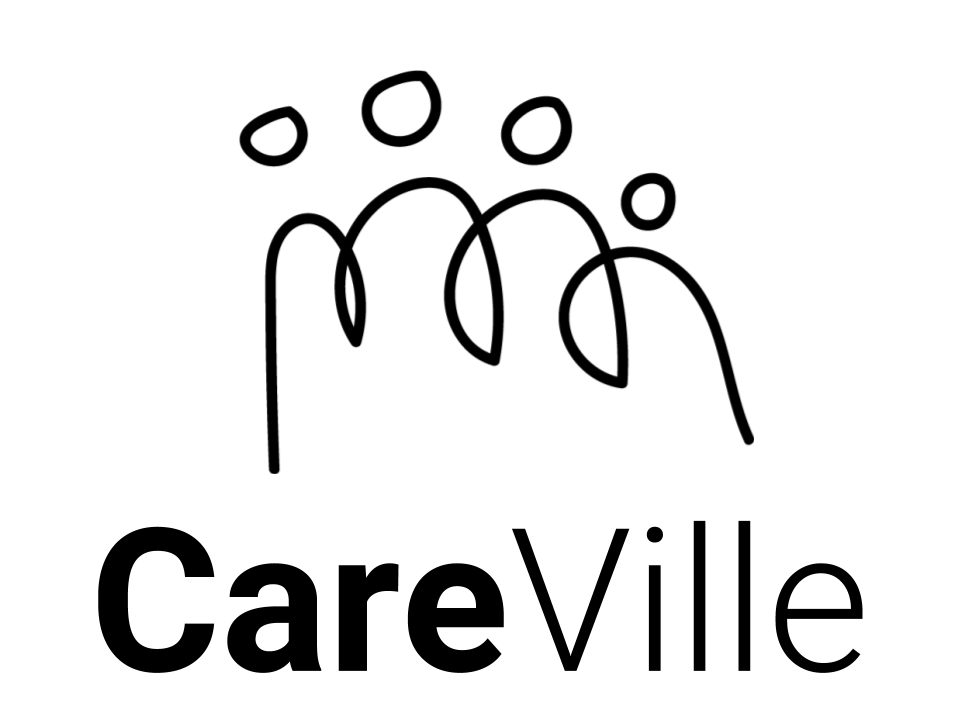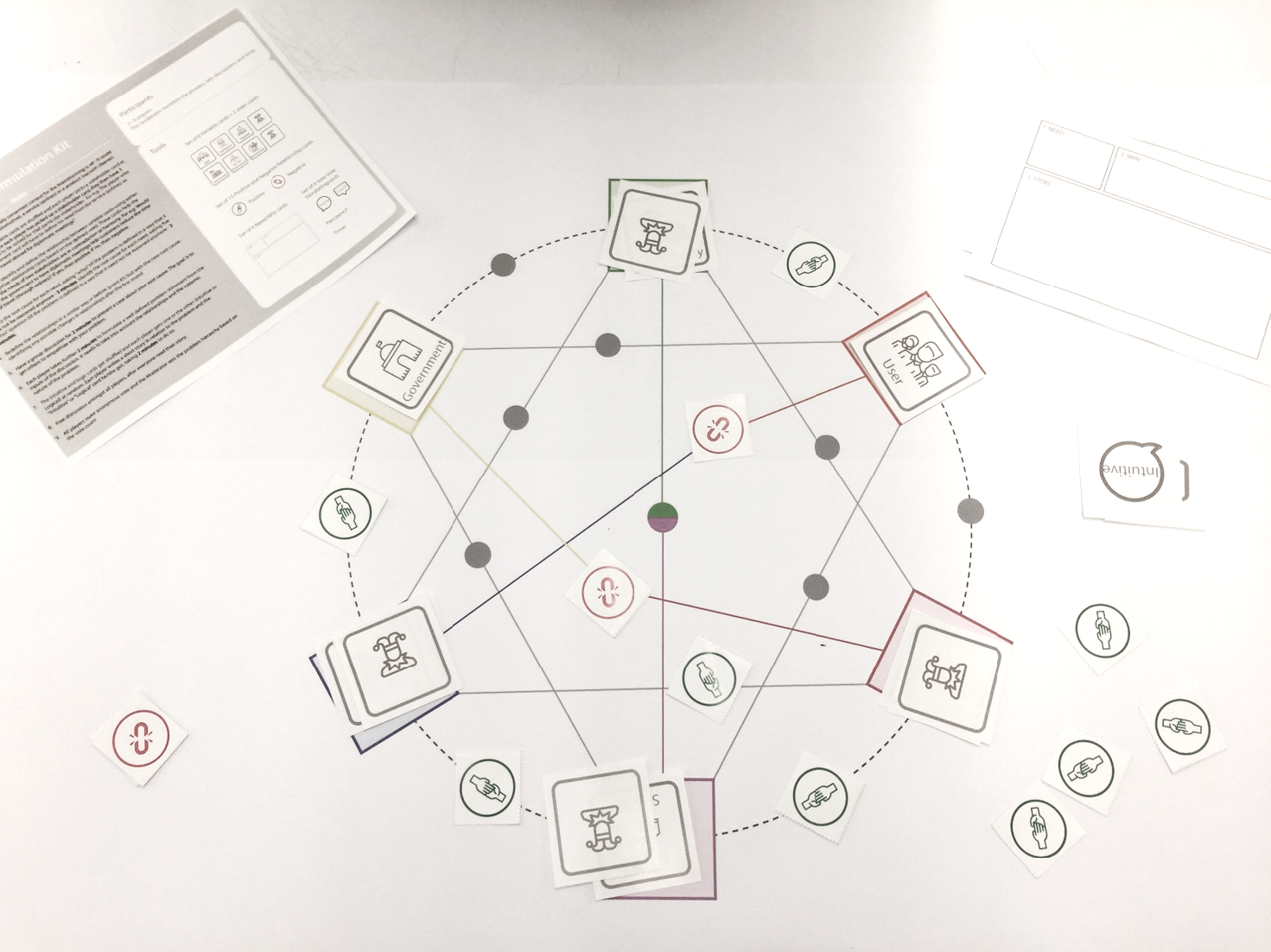THE CHALLENGE
We all know about the different model archetype that are thrown around in the startup space, such as Subscription, Freemium, Marketplace etc. But till now there is yet to be a fundamental normative approach to what a Business Model archetype actually means. As a Business Designer, I felt there was an unmet for a playful approach to designing new business models, which promotes divergent and creative thinking and does not restrict users to a template that the users can fill information into.
I asked myself this question : Can I develop a simpler way to think about business models and use them as an ideation to develop solutions as Strategic/Business Designers?
SOLUTION
This question led me to develop Bizmo, a toolkit that is based on archetypes of the two fundamental aspects of a business model
1. The value created for the customer
2. Revenue model through which value is captured
The emphasis for both archetypes are based on the primary need or pain point that it solves for the user/customer. Till now there are 48 archetypes that I have made, of which about 30 are based on customer value and 18 on the revenue model.




It all started with a spreadsheet on which I was documenting the different business models I had come across, from extensive research on startups and business model articles I had been reading and collecting over the years. After collecting about 30 of them, I realized that there is a way in which business model archetypes could be categorized - according to the value they create and how the capture it (revenue model). A later realization was also that both were solving for a fundamental human need or pain point. A big inspiration for creating this toolkit was the business model library of Reason Street, where I did my summer internship.
PROTOTYPING THE TOOLKIT
To prototype the toolkit, I conducted a workshop with 20 of my classmates in the Strategic Design and Management program, where the participants were asked to divergently think about different possibilities of solutions based on a design brief, by combining the archetypes in a variety of ways.
At the end, they were also asked to map the different models on a risk assessment scale using assumptions regarding the business model, from that of highest risk to that of least risk.
I made archetype cards (40 of them) to help participants ideate solutions to a problem brief
PROBLEM BRIEF
The following brief was presented to the participants :
A wearable startup (Series B funded) which makes connected devices and sells them online is looking for a new business model targeted to Gen Z (18-25). Recently acquired a social platform for fitness freaks. They are interested in the following areas.
1. Mental Health and mood regulation
2. Sleep
3. Nutrition
4. Water sports and adventure
Trends to consider : AI, Internet of Things, civic tech (connecting to smart cities), smart commute (for big cities such as NY, London, Tokyo, Mumbai), sustainability
STAGE 1 : OPEN IDEATION (20 MINS)
In the open ideation session, participants were divided into 3 teams (of 6 each) and were asked to use various combinations of business model archetypes (value + revenue) to ideate solutions for the given brief. To my surprise, I found that some of them even combined 3+ archetypes to create a single solution.



STAGE 2 : RISK IDENTIFICATION
Once the teams brainstormed the solutions, they were then asked to identify the top 5 ideas, in terms of its innovativeness. Then they were asked to find the assumptions that need to be true in order for the solution to become real, by using the assumption matrix which ranks ideas from high risk to low risk.


STAGE 3 : CONCEPT SKETCHING AND SHARE OUTS (20 MINS)
In stage 3, teams were asked to pick any one concept and detail it out on a sheet of paper, along with the two archetypes that were used. The teams were asked to choose the single concept based on the lowest risks that it presented to them, in terms of the ability to test their assumptions given their current circumstances.
Following the selection of the concepts, teams were asked to present their ideas to the other teams. Here is a video of one team presenting their idea of a business that uses data sales and aided altruism in an innovative way.
FEEDBACK FROM THE WORKSHOP
The workshop was very well received by the participants and everyone found value in using the toolkit for ideation.
Some of improvements that they suggested were :
1. Reduce the cognitive overload of using so many cards at the same time (Maybe have levels or sets which participants can use to limit the number of options in front of them)
2. Increase the time limit of the workshop - Make it more than an hour long to give participants enough time to do all the activities.




NEXT STEPS
My next step with this toolkit is to validate it with more stakeholders, including business and strategic designers who might find value in this to use as a Toolkit during client workshops.
I would like to create a more gamified approach of problem solving through this toolkit, and also organize the archetypes in a way that makes more sense to the end users.
